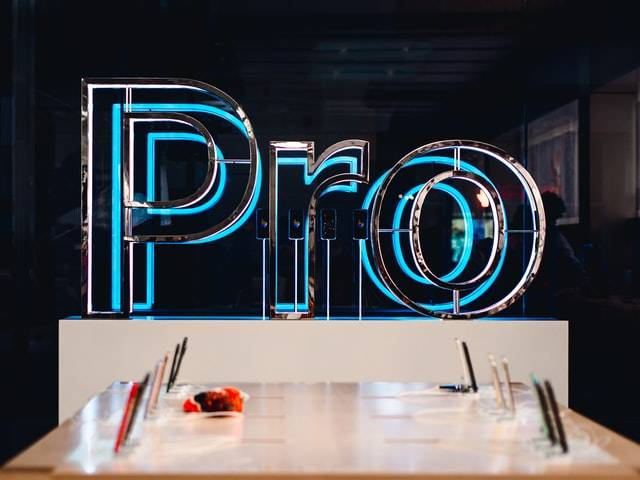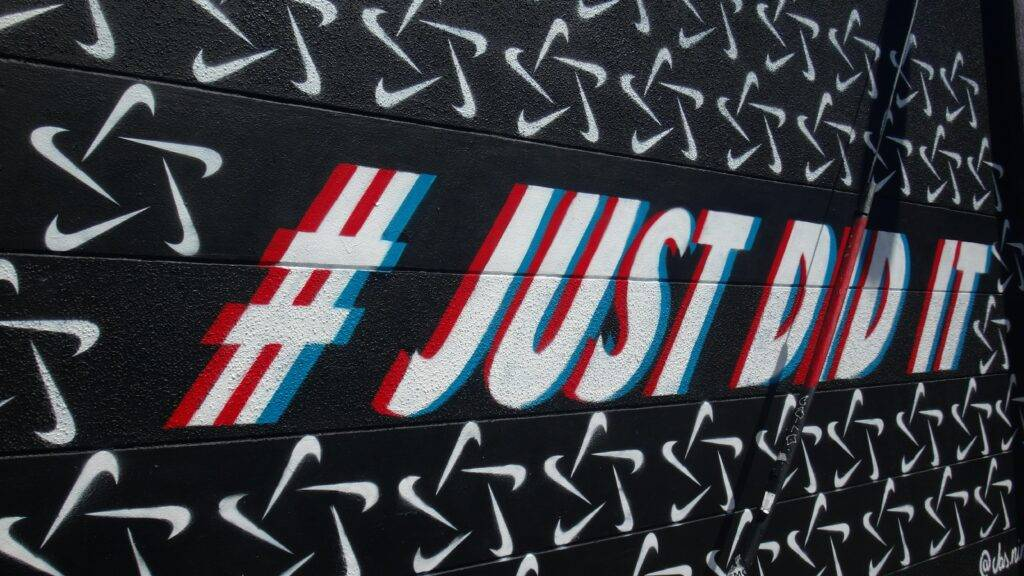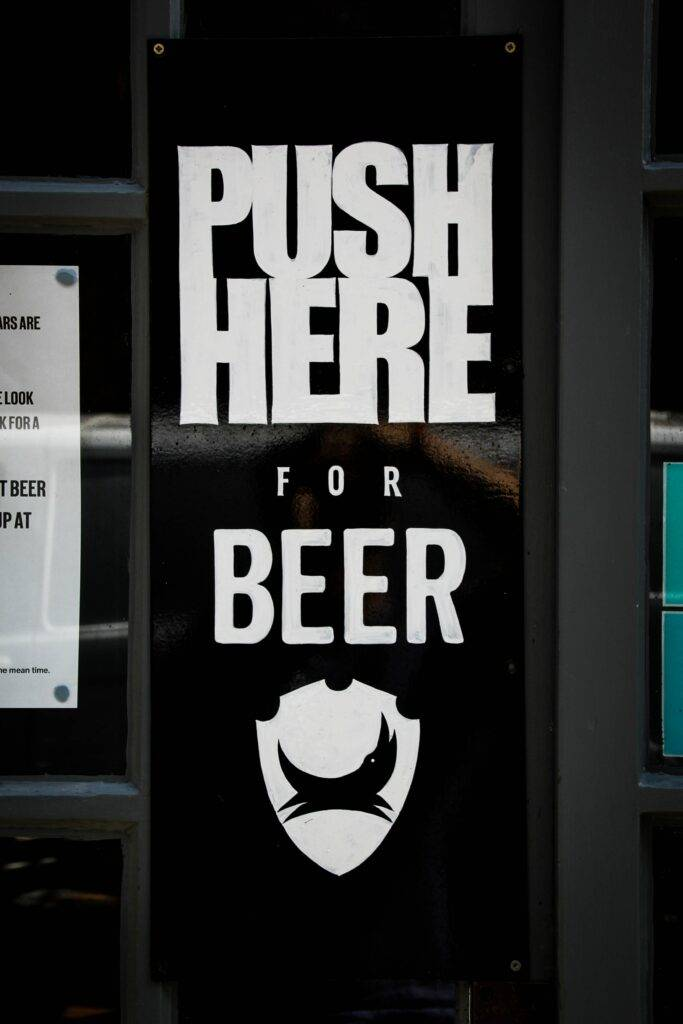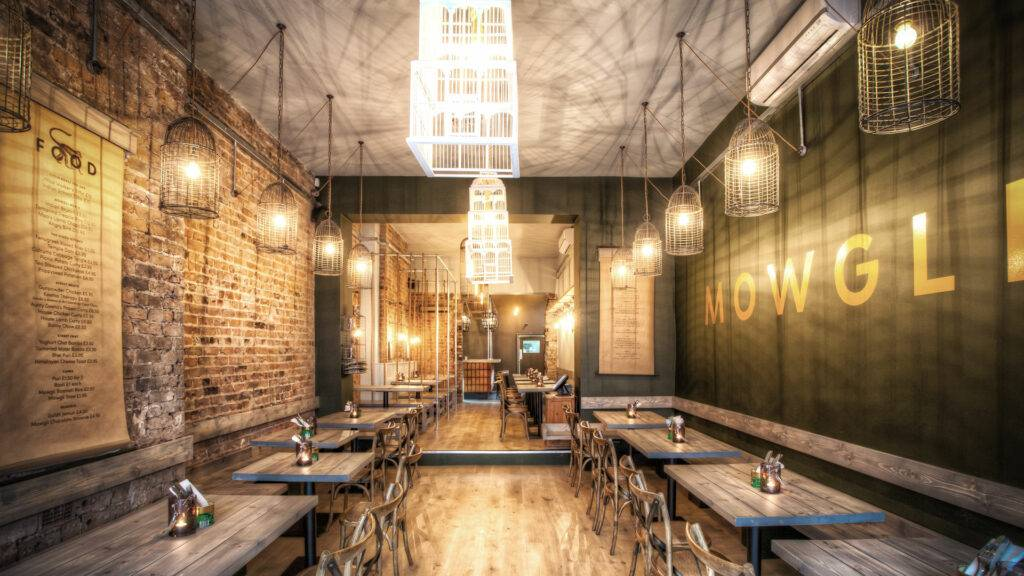9 Proven Customer Engagement Strategies for Small Businesses

Table of Contents
Are you looking for new ways to build loyalty, increase sales and grow your business? Hopefully, you are, because that is what we are going to talk about today.
Customer engagement should be at the forefront of every small business owner and marketer’s mind. When customers are engaged, they are more likely to buy from you, refer others to your business, and leave positive reviews.
What is customer engagement?
Customer engagement is the process of building relationships with your customers as they interact with your business. It is about creating a meaningful connection between your brand and your customers that leads to long-term loyalty.
It sounds simple enough, but in order to increase customer engagement, you need to be intentional about it - you need a customer engagement strategy.
How do you measure customer engagement?
The ultimate measure of customer engagement is Customer Lifetime Value (CLV). CLV is a metric that measures the total value of a customer to your business over the course of their relationship.
While CLV is the gold-standard metric for measuring customer engagement, it can be difficult to calculate. So, if you are just starting out, there are a few other metrics you can use to measure customer engagement, including:
- Customer Satisfaction (CSAT)
- Net Promoter Score (NPS)
- Customer Effort Score (CES)
- Customer Retention Rate (CRR)
What is a customer engagement strategy?
A customer engagement strategy is a plan for delivering an excellent customer experience at every touchpoint and at each interaction your customers have with your business.
A good customer engagement strategy will be unique to your business and will consider the entire customer journey, from the first time they hear about your business, to the moment of purchase, and even the post-purchase experience.
What is customer engagement marketing?
Customer engagement marketing is about creating relevant, personalised interactions between your brand and your customers, rather than delivering one-size-fits-all messages.
It is a process of building deeper relationships with new and existing customers through engagement strategies, such as personalisation and omni-channel communication.
In other words, customer engagement marketing is the practice of using targeted marketing techniques to build relationships with customers and prospects, in the channels that they prefer to use.

9+ actionable customer engagement strategies for SMBs
Now that we’ve covered the basics, let’s dive into some actionable customer engagement strategies that you can start using in your business today.
Define your customer engagement goals
The first step to creating a successful customer engagement strategy is to define your goals. This will take longer than you think, but don’t skip this!
Ask yourself what do you want to achieve with your customer engagement efforts and how will you measure it? Your customer engagement goals might include:
- Increasing customer satisfaction
- Reducing customer churn
- Increasing customer lifetime value
- Generating more referrals
- Getting more customer reviews
Choose the goals that are most important to your business and make sure they are specific, measurable, achievable, relevant, and time-bound (SMART).
If you don’t take the time to define your goals, you will struggle to measure your progress and you’ll likely get frustrated along the way.
Maintain a customer-centric mindset
Is it any coincidence that the biggest brands in the world are also the most customer-centric? Customer experience is the new competitive battleground and businesses that prioritise their customers are winning.
A customer-centric mindset starts with the leadership team and needs to be embedded into the culture of the organisation. Every decision made should be based on what is best for the customer.
If there’s one thing Amazon.com is about it’s obsessive attention to the customer experience, end-to-end.
Jeff Bezos, Founder of Amazon
via Inc
Some ways to keep your team focused on the customer include:
- Customer service training for all employees
- Encouraging employees to provide feedback on the customer experience
- Celebrating employees who go above and beyond for customers
- Conducting regular customer service audits
Creating a customer centric culture is not easy, but it’s worth it. Customer experience will be the differentiator for businesses in the years to come.
Listen to your employees and keep them engaged
Your employees are on the frontlines dealing with customers every day, so it’s important to listen to their feedback. Encourage employees to speak up if they see something that could be improved or if they have an idea for a new way to engage customers.
Make sure employees are engaged in their work and feel like they are part of the company’s mission. Employee engagement will lead to better customer service and a better customer experience.
Some ways to keep employees engaged include:
- Regular communication from leadership
- Opportunities for career growth
- Encouraging employees to provide feedback
- Recognising and rewarding employees for their work
Giving employees a voice will help to create a customer-centric culture and improve the customer experience.
Create a customer journey map
A customer journey map is a visual representation of the steps your customers take when interacting with your business. It shows the customer’s wants, needs, and emotions at each stage of the journey.
Creating a customer journey map is an important step in designing a great customer experience. It will help you to understand your customers better and identify areas where you can improve the experience.
There are many different ways to create a customer journey map, but one of the simplest is to use a whiteboard or piece of paper and draw it out.
Start by listing all of the touchpoints your customers have with your business, from first becoming aware of your product or service to becoming a loyal customer.
For each touchpoint, ask yourself (and your customers):
- What does the customer want or need at this stage?
- What emotions does the customer feel at this stage?
- What are our goals at this stage?
Once you have listed all of the touchpoints and started to get answers to the above questions, you will start to see patterns emerge. These patterns will help you to identify areas where you can improve the customer experience.
Learn more about this topic by reading: The Ultimate Guide to Customer Journey Mapping [Updated 2022]
Collect customer feedback at key touchpoints
While insights and feedback from employees and mystery shoppers is valuable, getting real customer feedback is essential if you want to understand how your customers feel about their experience with your business.
The flowers aren’t what mattered here most. The phone is. It lets us have these in-depth, textured conversations with our customers. It’s the key to how we build customers for life.
Ryo Hanalei Zsun, Zappos
via Forbes
The best way to collect customer feedback is to ask for it at key touchpoints in the customer journey. These are the moments when customers are most likely to have strong feelings about their experience.
Some key touchpoints where you can collect customer feedback include:
- When a visitor is considering a purchase
- After a purchase is made
- When a product or service is used for the first time
- When something goes wrong
- After customer service has been provided
Customer feedback should be collected regularly at these touchpoints to ensure that you are always aware of how your customers are feeling.
There are many different ways to collect customer feedback, but some of the most popular methods include online surveys and email feedback. The most customer-centric businesses will also capture in-person feedback using QR code surveys and feedback kiosks.
Use customer feedback to improve the experience
Customer feedback is only useful if you use it to improve the customer experience.
The best way to do this is to create a feedback loop, where customer feedback is collected and used to make changes to the customer experience - which are shared with customers.
Customer feedback should be collected regularly and shared with the relevant team or department so that changes can be made to the customer experience. It is also important to track the changes that are made as a result of customer feedback so that you can see the impact that it has on the customer experience.
Sharing the actions that you take after collecting customer feedback will show your customers that you are listening to them and that you are committed to improving their experience.
By closing the feedback loop, you will be able to continuously improve the customer experience and build deeper relationships with your customer base.
Launch a customer loyalty program
Customer loyalty programs are a great way to encourage customer engagement and build long-term relationships with your best customers.
There are many different types of customer loyalty programs, but the most common type is a points-based program. In a points-based loyalty program, customers earn points for every purchase they make, which can be redeemed for rewards.
Other types of customer loyalty programs include tier-based programs, where customers move up to different levels based on their spending, and subscription-based programs, where customers receive exclusive benefits for being a member.
No matter what type of customer loyalty program you launch, it is important to make sure that the benefits are valuable to your customers and that the program is easy to use.
Personalise your customers’ experiences
Personalisation is one of the most effective customer engagement strategies, as it shows your customers that you are paying attention to them and that you care about their individual needs.
There are many ways to personalise the customer experience, but some of the most common methods include using customer data to target offers and personalised messages, and using customer feedback to improve the customer experience.
You can also use technology to personalise the customer experience, such as using customer profiles to show relevant content and recommendations, and using customer location data to provide targeted offers.
By personalising the customer experience, you will be able to build deeper relationships with your customers and increase customer loyalty.
Engage your customers where they are
Adopting an omnichannel approach to customer engagement is essential in today’s world, where customers interact with businesses across multiple channels (both in-person and online).
Even the smallest businesses are likely to engage with customers across multiple channels, such as the business website, social media profiles, email, and in-person interactions.
An omnichannel approach ensures that your customers have a consistent experience no matter how they interact with you, and it allows you to capture customer data and feedback across all channels.
To effectively engage your customers on all channels, you need to have a clear understanding of your customer journey and what type of interactions take place on each channel.
You also need to make sure that your customer data is integrated across all channels so that you can provide a seamless and personalised experience.
By engaging your customers where they are, you will be able to learn more about their needs and preferences, and build deeper relationships with them.

6 examples of companies with amazing customer engagement strategies
It doesn’t matter if you’re running a small business or a global mega-corp; customer engagement is critical to your success. Check out these customer engagement examples to see how businesses large and small are keeping their customers happy.
Apple: Customer service that goes above and beyond
When it comes to customer service, Apple is always going above and beyond to keep their customers happy.

Whether it’s helping a customer set up their new iPhone or providing support for a product that isn’t working correctly, Apple’s customer service team is always ready and willing to help.
And if a customer is having a problem that can’t be solved over the phone, Apple has a team of Genius Bar employees who are trained to provide in-person support.
By providing an exceptional level of customer service, Apple has been able to build a loyal customer base that keeps coming back for more.
Nike: Creating an emotional connection
Nike is one of the most successful brands in the world, and a big part of their success is due to their ability to create an emotional connection with their customers.
Nike’s marketing campaigns are all about inspiring their customers to push themselves to be their best, and this emotional connection is what drives customer loyalty.

In addition to their marketing campaigns, Nike also creates an emotional connection with their customers through their product design.
Nike products, including the Nike Run Club app, are designed to help athletes perform at their best, and this attention to detail creates a feeling of trust and loyalty among Nike’s customer base.
By creating an emotional connection with their customers, Nike has been able to build a strong brand that is trusted and respected by athletes all over the world.
BrewDog: Crafting a counter-culture community
BrewDog is a Scottish craft beer producer founded in 2007 by Martin Dickie and James Watt, and is perhaps the most well-known craft beer brand in the world. BrewDog is more than simply a brewery, however.

From their AGM (Annual General Mayhem) festival, to their online community of beer lovers, to their industry-leading crowdfunding program - Equity for Punks (EFP) -BrewDog is constantly working to build their brand and craft a community around their products.
And it’s this focus on building a strong brand and community that has helped BrewDog become one of the most successful craft beer brands in the world.
By building a strong brand and crafting a community around their products, BrewDog has been able to turn customers into loyal “punks” and reap the rewards.
Everyman Cinemas: Keeping the love for cinema alive
Everyman is a UK-based cinema chain that was founded in 2000, when entrepreneur Daniel Broch bought the original Everyman Cinema in London, with the aim of providing an intimate and luxurious cinema experience.

I dared to think that visiting the cinema could be about experience and community, rather than just the latest film release. Seeing things differently can flip things on their head for an entire industry; things changed from film-centric to customer-centric.
Daniel Broch, Founder of Everyman Cinema
via Berwick Partners
While most cinemas are focused on providing the latest blockbusters, Everyman takes a different approach by programming a mix of classic and cult films, as well as hosting special events such as Q&As with filmmakers, cast members, and industry experts.
In addition to their focus on programming, Everyman also provides an exceptional level of customer service, with staff that are passionate about film and providing a great experience for every customer.
By combining a love for cinema with luxurious surroundings and excellent customer service, Everyman has been able to create a unique and successful business model.
Partner in Wine: Building a brand with customers
Partner in Wine, founded by Lucy Hitchcock, was launched in the UK during the Covid lockdown.

The initial success of Partner in Wine was driven by Hitchcock’s use of social media to connect with her target audience. She used Instagram and TikTok to reach out to potential customers and build a following for her brand.
Hitchcock’s use of social media has been so successful that by the end of 2021, Partner in Wine was on track to hit an annual turnover ₤250,000, the products could be found on shelves at Selfridges, and the Hitchcock was featured on the BBC.
When asked about her success, Hitchcock attributes it to her focus on building a personal connection with her customers and creating real customer value.
Our customers are the backbone of our business. They tell us what colours they want next, and we’re always looking for fun surprises and little treats to delight them with, whether that’s a wine tasting on social media, or popping wine tasting cards into our packaging.
A message I see from our customers a lot on social media is that they’ve told their friends and family about it. I even got recognised in the street by someone who’d seen me on TikTok and she said she’d told her friends and family about it and they’d all bought one too.
Lucy Hitchcock, Founder of Partner in Wine
By constantly engaging with her customers and always putting them first, Lucy has been able to build a strong brand and business that continues to thrive.
Mowgli Street Food: Providing a unique Indian food experience
Before she was a chef, TV presenter, food writer, and the founder of Mowgli Street Food, Nisha Katona MBE was a full time family and child protection barrister. She gave up a 20 year legal career to open Mowgli Liverpool in 2014, and will have launched 18 restaurants by the end of 2022.

From the beginning, Katona was focused on providing a unique and authentic Indian food experience for her customers.
I am evangelical about how simple and healthy Indian food is and how different eating at home is to what we see in the curry houses.
Nisha Katona MBE, Founder of Mowgli Street Food
Mowgli has won an incredibly loyal customer base by providing an authentic and delicious Indian food experience.
By focusing on delivering a consistent customer experience, and creating a customer engagement strategy that covers touchpoints before and after the visit, Katona has built Mowgli from a single restaurant to a successful national chain.
Conclusion
Customer engagement is vital for small businesses. Increasing customer engagement leads to engaged customers and increased customer satisfaction; increased customer satisfaction creates customer loyalty, which leads to returning customers and recommendations to friends and family.
There are many ways to increase customer engagement, but the examples we’ve highlighted today have been successful by focusing on providing authentic and exceptional customer experiences.
Whether it’s through providing excellent customer service, partnering with customers to grow the business, or engaging with customers on social media, small businesses can use customer engagement strategies to increase sales and brand loyalty, improve customer engagement, and grow their business.
What are some of the customer engagement strategies you use for your business? Which customer engagement metrics do you find most valuable?
If you liked this article, please share it with your network. And, if you have any questions or would like to learn more about customer engagement, please contact us. We’re always happy to help!

Tom Sutton
Co-founder, TRACX
Tom is the co-founder of TRACX, a no-code marketing platform that allows local business owners to collect customer feedback and create engaging marketing campaigns. With over 17 years of experience in entrepreneurship, product development, and marketing for businesses large and small, Tom is currently responsible for developing product and marketing strategies for TRACX.